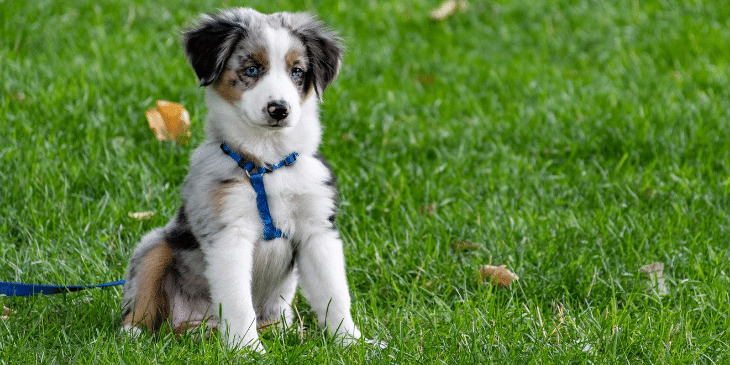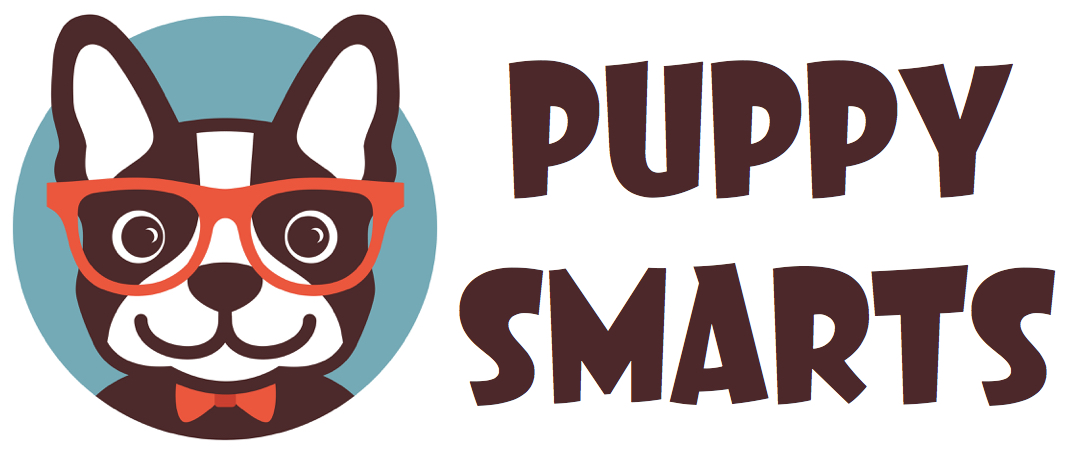Raising a Puppy: 5 Tips to Help With Housetraining

Contents
When you bring a new puppy into your home, you don’t always anticipate the patience and time required to establish a new routine. While it can be exciting and fun with a cute, cuddly new companion, some things have to be addressed right away to avoid something in your home becoming destroyed or soiled.
Potty training your dog requires a lot of consistency right from the get-go. The goal with a new dog should be instilling good behaviors with positive reinforcement so that it learns the do’s and don’ts within the household immediately. Housetraining also helps you establish a good connection and bond with your new furry friend.
As a new pet owner, it can be stressful and overwhelming to bring a new puppy into the home and begin working with it to learn good habits. It can take up to six months for a puppy to become wholly housetrained, and some may take longer.
Keep in mind that factors like size and breed can aid you in understanding how to housetrain your new dog efficiently. For example, smaller breed dogs have smaller bladders and higher metabolism, so that they may require more frequency in their walks and bathroom trips outside.
In other cases with a new puppy, their previous living conditions and routine may also be considered when helping it become housetrained. For example, if you got your dog from a breeder, you can consult with the breeder to determine if the puppy learned any housetraining beforehand.
When Do I Start House Training My Puppy?
Most professionals and dog experts recommend beginning your house training as soon as three to four months of age. Different terms are used for house training, including potty training or housebreaking your dog.
If you’re struggling with how to house train your new puppy, here are some great tips that you can start implementing right away. Don’t get too hung up if your new pup doesn’t take to learning things right off the bat, and remember to exercise consistency and patience during the process.
Tip #1: Establish Your Routine
One of the crucial elements of house training a new puppy is creating a schedule with a timeline and sticking with it. Setting up a safe space for your puppy and adhering to a strict, established timeline helps set the boundaries for your puppy, allowing it to understand what is expected from you. Use a dog training app to set reminders and create a consistent schedule.
The schedule should include things like how much food and how often per day you will feed your dog, as well as how often you plan to take it outside for walks and bathroom breaks. For example, think about taking your puppy out first thing in the morning and right before bed as part of their bathroom routine. Also, keep in mind that you should be taking your puppy for walks outside after these types of activities:
- Sleeping or napping
- Before bedtime at night
- After eating
- After drinking
Understanding and learning your dog’s habits can help you set your schedule accordingly. For example, if you notice that your dog is more active after spending time in its crate or dog bed, then you can incorporate that as part of the schedule for another break outside. Of course, all walks are great exercise for you too, and all dogs need exercise as part of a healthy upbringing.
Tip #2: Controlling Your Dog’s Diet
Your dog’s diet plays a crucial role in your house training technique. You do not have to limit how much your dog eats, but you should limit their time when eating. If the puppy eats everything in just a few minutes and seems to want more, you can give it some more. Pick up the food within a half-hour and help your puppy learn that their food time is limited.
You create a potty schedule when you do this since their food schedule is set. If you are having trouble setting time limits for feeding, it might help to consult with an online veterinarian to make sure you are creating a good feeding schedule. For example, some vets may recommend three feedings per day instead of two or tell you that their time limit should be set to forty-five minutes per day instead of a half-hour.
If you notice that your puppy is having trouble passing food or ends up with diarrhea, it might indicate that your dog’s food is bothering its digestive system. In this case, you would need to make proper adjustments, and again, consulting with a veterinarian can help you do this more effectively so that your pup learns its feeding schedule quickly.
Tip #3: Using Positive Reinforcement
Puppies are bound to have accidents in the house. Even some more obedient dog breeds could have an accident now and then. You should not stick their noses in it or spank them when they do this. Instead, you should bring them to their accident and say “No!” in a very firm and stern voice. Pick up the mess and take it outside to the ground, showing your puppy that this is the proper place to go to the bathroom.
Make a big deal about the mess outside on the ground and motivate your puppy with pets and a treat. Then, your dog will understand and become encouraged to go out, and anytime they do it correctly, make sure you give them proper praise and reward them immediately.
Tip #4: Consider Puppy Pads or Turf In Some Cases
You may live in an area where it can be challenging to get the puppy outside as often as necessary, especially when setting the routine. For example, you might live in a high apartment, or the weather could be too frigid to take out your puppy at times. Of course, you could have a smaller breed that needs to go outdoors more often, but it is just not plausible. However, do not let this deter you from training your puppy to not go inside your home.
You can create a small space in your house that you can designate as the “outside” for your dog, equipped with a puppy pad or turf. While this is only a temporary training technique, it is not highly recommended, only in these particular instances where it is necessary. Doing this will help transition from going indoors to learning to go outdoors.
Tip #5: Control Your Emotional Responses
If you witness your dog going to the bathroom inside, you must not overreact and start yelling. When you respond emotionally in this fashion, you will set your puppy back, and it will become afraid of you, as well as going outdoors. So instead of hollering, try to make a noise like a sharp clapping or stomping on the floor and take your puppy outside immediately to finish going if it has not already.
Cleaning up the messes is another vital step in this process. You want to remove all orders from any carpeting, blankets, or bedding as best that you can because any remaining smells your dog can sense will create obstacles for their progress.
Understand House Training Takes Time
Your puppy will learn to let you know when it needs to go outdoors and become accustomed to your set routine for walks. However, the process does take time, and there may be setbacks as you go, so do not become discouraged. Having patience and understanding when your puppy pees on the carpet will help it learn better.
You must also ensure that you stick to your routine and schedule because at any point if you let things slide, you most likely will find your dog has had an accident. Being diligent about your schedule is the best way for your dog to learn, and you will have a housebroken, happy dog in no time.
